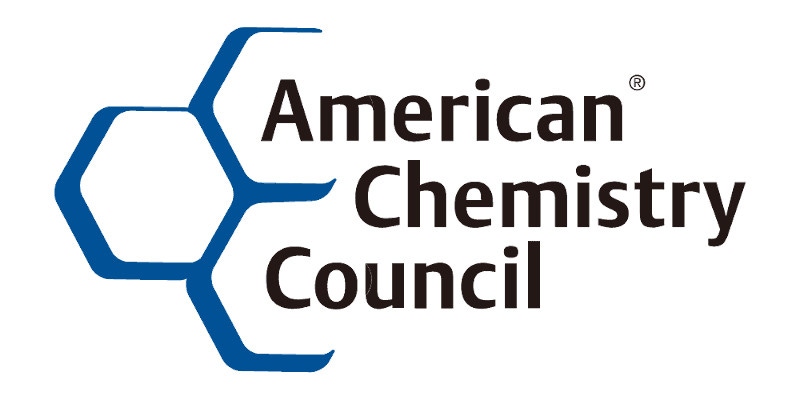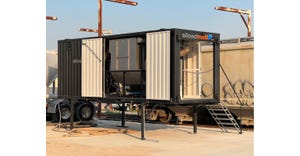Drop follows slight declines in September and October
January 3, 2023

The U.S. Chemical Production Regional Index (U.S. CPRI) fell by 0.4% in November following declines of 0.4% in September and 0.3% in October, according to the American Chemistry Council (ACC).
Chemical output was lower than the previous month in all regions, with the largest declines in the Gulf Coast, home to much of the nation’s basic industrial chemical and synthetic materials capacity. The declines reflect sluggish output in several end-use manufacturing industries and weak export markets.
The U.S. CPRI is measured as a three-month moving average (3MMA) and was developed by ACC to track chemical production activity in seven regions of the US.
On a 3MMA basis, chemical production within segments was mixed in November. There were gains in the production of coatings, adhesives, and other specialty chemicals, industrial gases, synthetic dyes and pigments, and other inorganic chemicals. These gains were offset by lower production of plastic resins, organic chemicals, synthetic rubber, manufactured fibers, consumer products, fertilizers, and crop protection chemicals.
Manufacturing output was flat in November on a 3MMA basis. The 3MMA trend in manufacturing production was mixed, with gains in the output of food & beverages, appliances, motor vehicles, aerospace, fabricated metal products, machinery, computers & electronics, foundries, rubber products, printing, and apparel.
Compared with November 2021, US chemical production was essentially unchanged (up 0.1%). Chemical production was higher than a year ago in all regions, except the Gulf Coast.
The U.S. CPRI was developed to track chemical production activity in seven regions of the US. The U.S. CPRI is based on information from the Federal Reserve, and as such, includes monthly revisions as published by the Federal Reserve. The U.S. CPRI includes the most recent Federal Reserve benchmark revision released on June 28, 2022. To smooth month-to-month fluctuations, the U.S. CPRI is measured using a three-month moving average. The reading in November reflects production activity during September, October, and November.
About the Author(s)
You May Also Like




